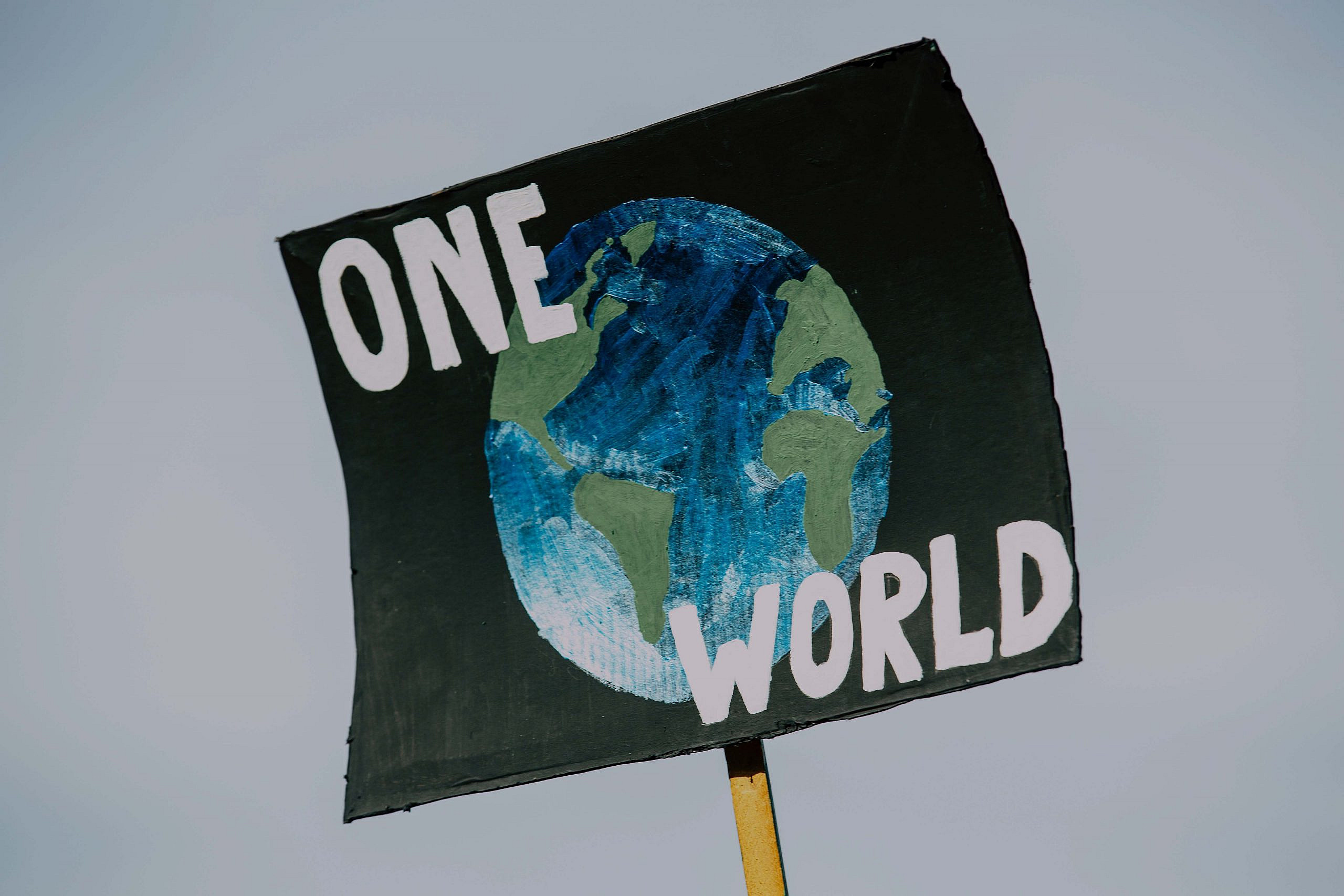The main mission was for manufacturers and industry bodies to remind people that leather is a sustainable by-product and needs to be used to help heal the environment
The progress made by leather manufacturers in the last few years has been notable and COP26 provided a great opportunity to reinforce that message.
Over the last few years, innovations in traceability, leaps in tanning technology and the reduction of freshwater use have all combined to make leather one of the most sustainable materials available.
During COP26, leather industry organisations from across the world called on the Forum to recognise the role that leather and other natural fibres can play in tackling climate change.
The Leather and Hide Council of America (L&HCA) and Leather Naturally from the UK were among the organisations that adopted a manifesto campaigning for a natural fibre route to sustainability.
The manifesto states: “The world needs materials that are sustainable, renewable, readily disposable and most importantly, do not add to the burden of atmospheric carbon.”
COP26 also saw the launch of a collaboration between the National Wildlife Federation, World Wildlife Fund, Leather Working Group and the Gibbs Land Use and Environment Lab at the University of Wisconsin-Madison. They jointly aim to tackle deforestation’s links to leather supply chains by mapping territories in the Brazilian Amazon and Cerrado and the Paaguayan Chaco. This will provide the data to produce a ‘Traceability Roadmap’ – a leather working group initiative scheduled for early 2022. The Roadmap will allow companies to align themselves with it.
These efforts have combined to reinforce the message about leather’s sustainability. With ongoing initiatives in traceability and continuing improvements in production techniques, leather is well-placed to be recognised as one of the most useful and sustainable materials there is. It is up to manufacturers and leather industry organisations to make sure this message is spread.








